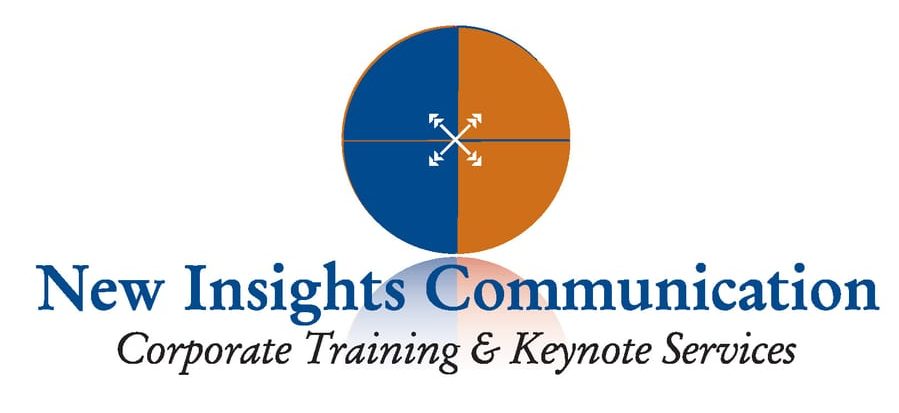Bad communication is a result of unnecessary roadblocks that are erected on the two-way communication highway. Inattentive communication can cause you to feel like a wreck. Unexpected roadblocks can send you into a ditch. Can’t we all just get along and get where we need and want to go? Yes, in fact, in a recent “Effective Leadership Communication” seminar that I led for human resource managers for McGohan Brabender in Dayton, Ohio. Empathizer and Instigator communicators felt pretty much the same way, about closed communication and how to keep lines of communication open, but for different reasons.
EMPATHIZER VIEWPOINT OF ROADBLOCKS TO POSITIVE COMMUNICATION
Is your company “studying and analyzing” what turns weak or bad communication into something more positive? Are you studying good communication moves with your life partner? Good move. Here are the 9 communication killers according to 100 HR managers who are sensitive souls:
1. PERSONAL EMOTIONS. E-types correctly see that anxiety, the blues, boredom and other personally occupying emotions can disrupt open talking. Emotions can be like a noisy radio turned up way too loud.
2. NOT LISTENING. E-types correctly observe that the inability to listen, or to correctly hear what is being said, is the same as trying to drive a car without tires.
3. CLOSE-MINDEDNESS. E-types shut down and stop talking when their ideas are received with blank stares or aggressive counter-arguments.
4. NEGATIVITY. E-types are intimidated by strongly voiced opinions that “seem logically right in spite of what my gut tells me.”
5. IDEA KILLERS. E-types believe that all ideas should be put out on the communication table and given a fair hearing before a decision is made.
6. INTERRUPTIVE LISTENING. E-types know that “communication interruptus” creates incomplete communication; it stifles all team members’ best solutions from being efficiently implemented.
7. EGO. E-types are too unselfish and humble. When big egos are on parade, they get quiet or back off.
8. LACK OF CONFIDENCE. E-types are overly impressed with managers who talk confidently; they’re prone to doubting their own best ideas.
9. MISUNDERSTANDING. E-types don’t want to rock the boat, and are shy to insist that new actions happen now.
So, that’s what compassionate Empathizer communicators feel are the biggest roadblocks to good communication today on the two-way communicator highway. And what do Instigators think?
THE WHOLE BRAIN OF THE BALANCED COMMUNICATOR
Together, E- and I-types make a “whole brain” that includes a high Emotional I.Q. and a high Logical I.Q. “Adopting the strengths” of your opposite communicator type, leads to a synergy that makes everyone check the box of, “My manager is a good communicator.”
ABOUT COMMUNICATIONS PSYCHOLOGIST AND KEYNOTE SPEAKER DENNIS E. O’GRADY, PSY.D.
Dr. Dennis O’Grady consults with corporations and business leaders and managers who desire to improve their communication to improve their results. He is developer of the “Talk to Me” communication system, and author of three books, the latest “Talk to Me: Communication Moves To Get Along With Anyone.” Dr. O’Grady gratefully acknowledges the McGohan Brabender team for hosting this state-of-the-art “Effective Leadership Communication” seminar for Human Resource managers and leaders in the Dayton region.
INSTIGATOR VIEWPOINT OF ROADBLOCKS TO POSITIVE COMMUNICATION
What do passionate Instigator (I-types) communicators view as the leading causes for communication breakdowns, or a failure to communicate, that makes everyone feel like a failure?
1. PERSONAL BELIEFS
2. NOT LISTENING
3. NOT COMMUNICATING
4. FAILURE TO USE TWO-WAY TALKS
5. CREATING A DISCONNECT
6. MULTI-TASKING
7. BLOCKED COMMUNICATION
8. DISTORTED INFORMATION
9. STUCK SPINNING YOUR WHEELS IN RUT OF A MISUNDERSTANDING
